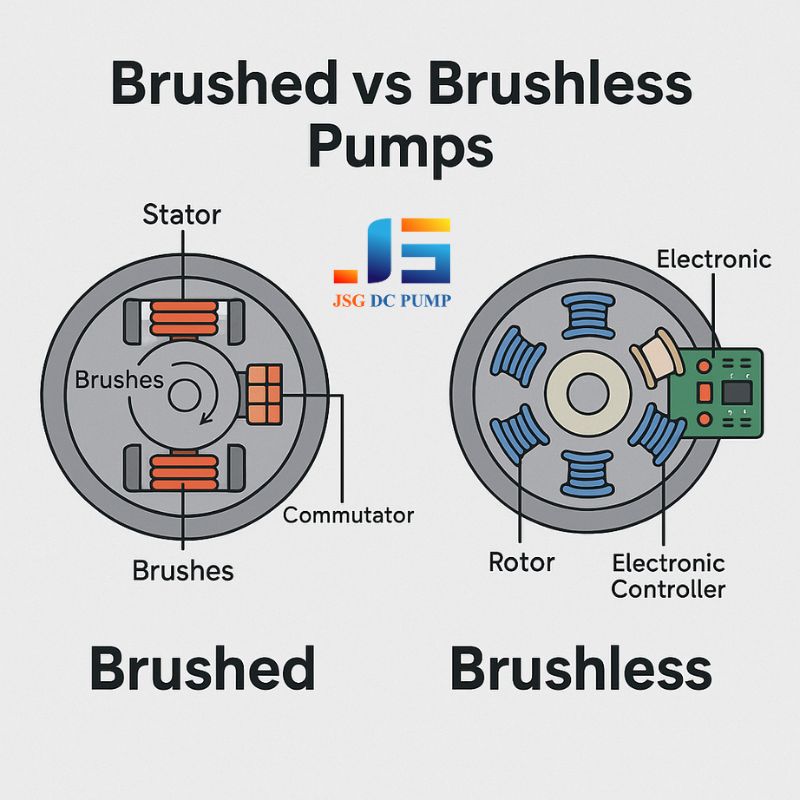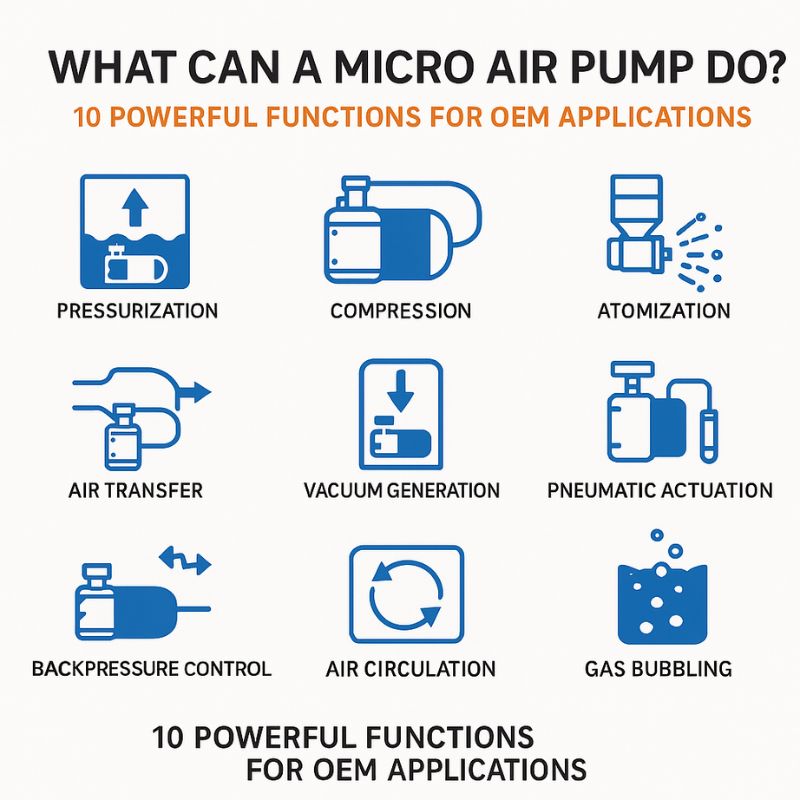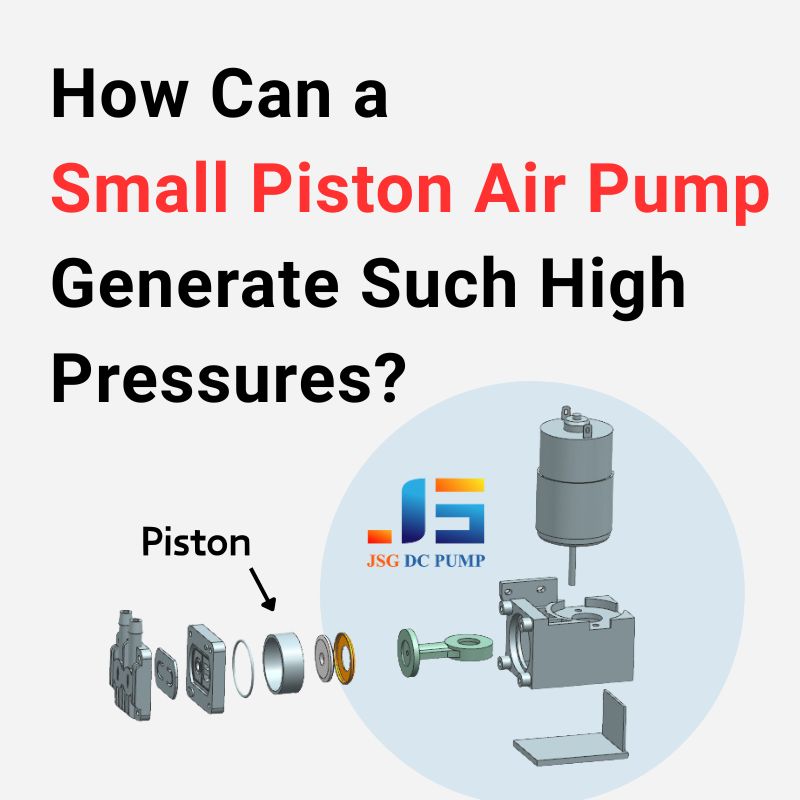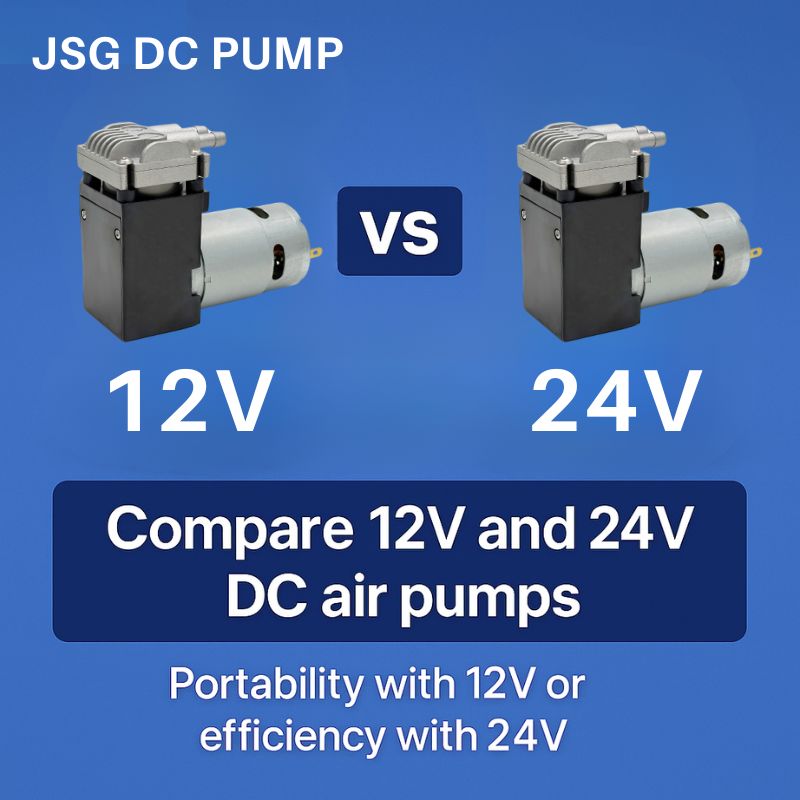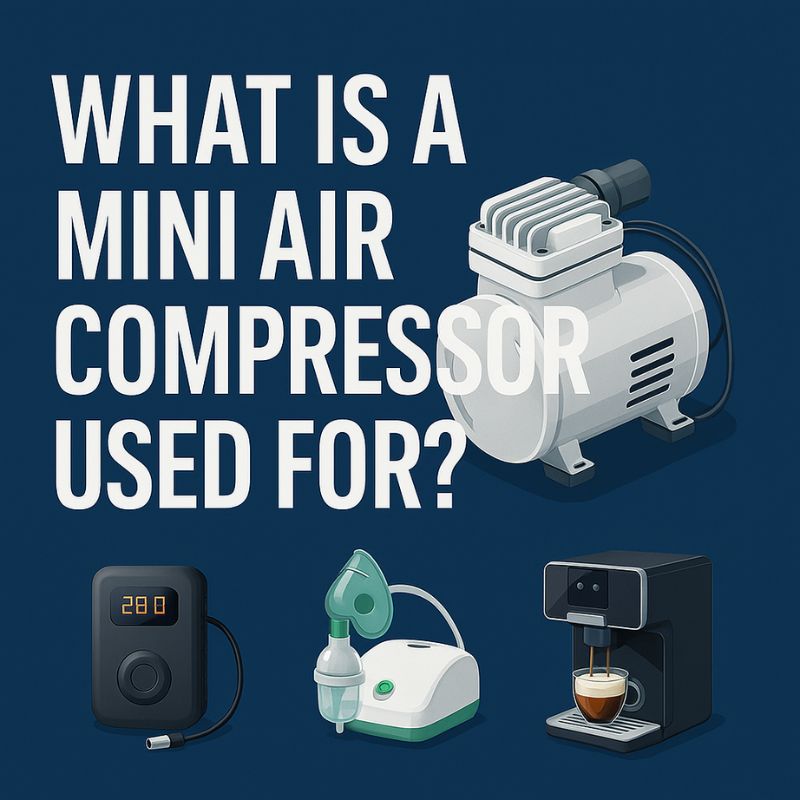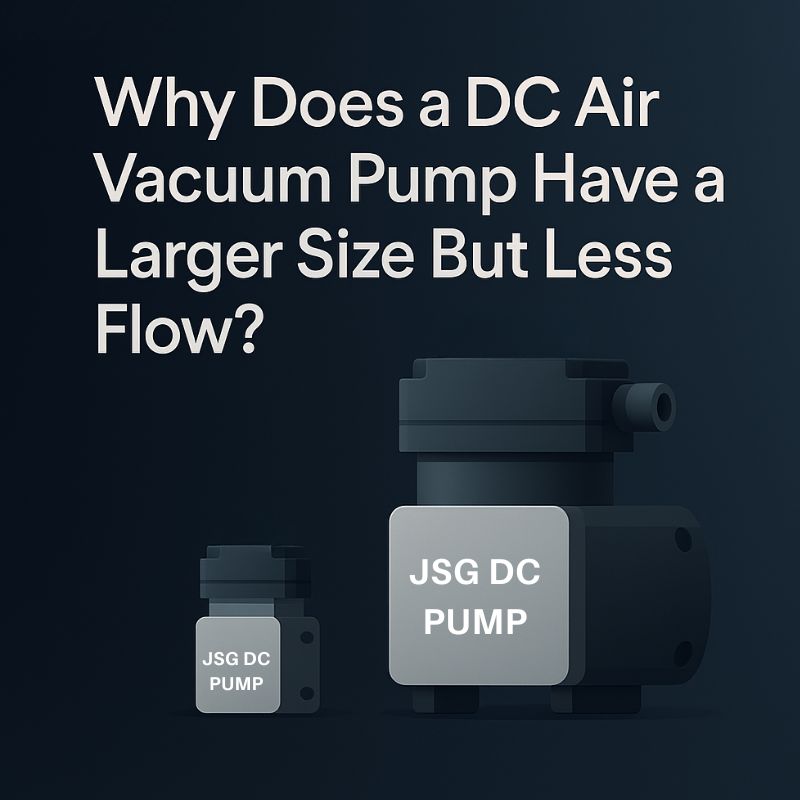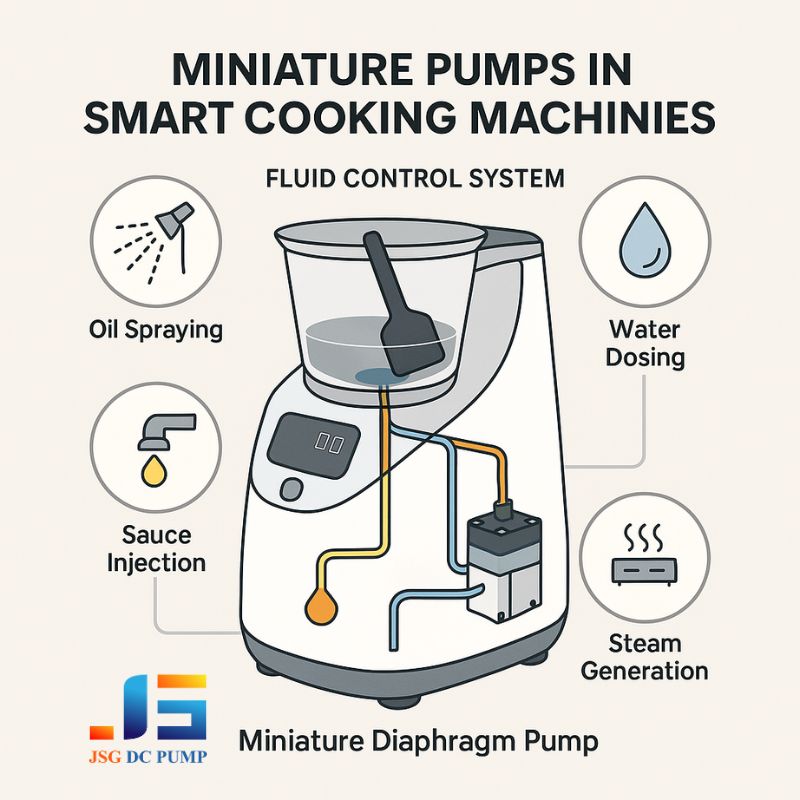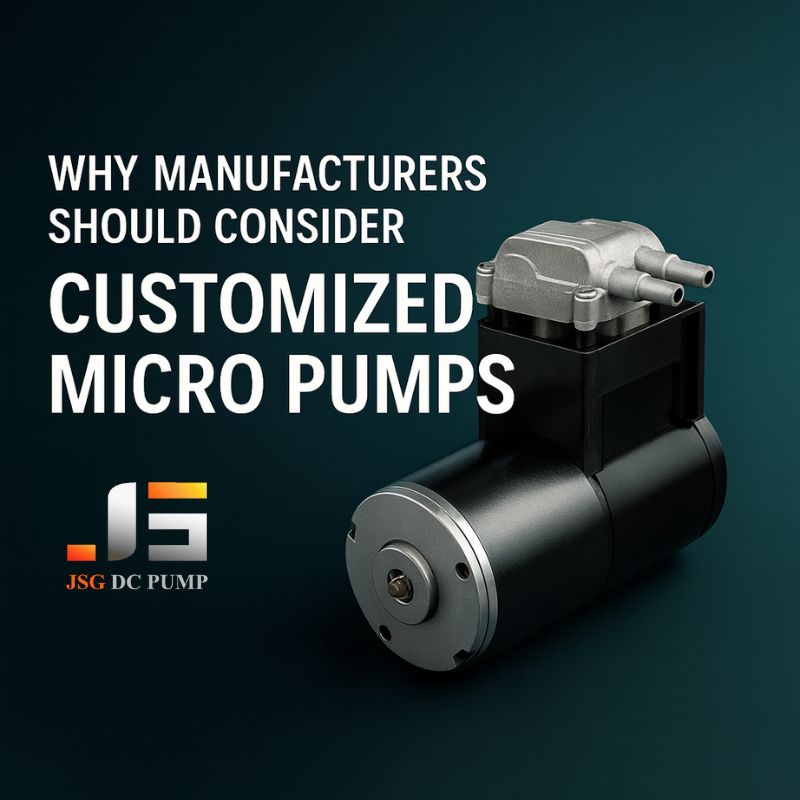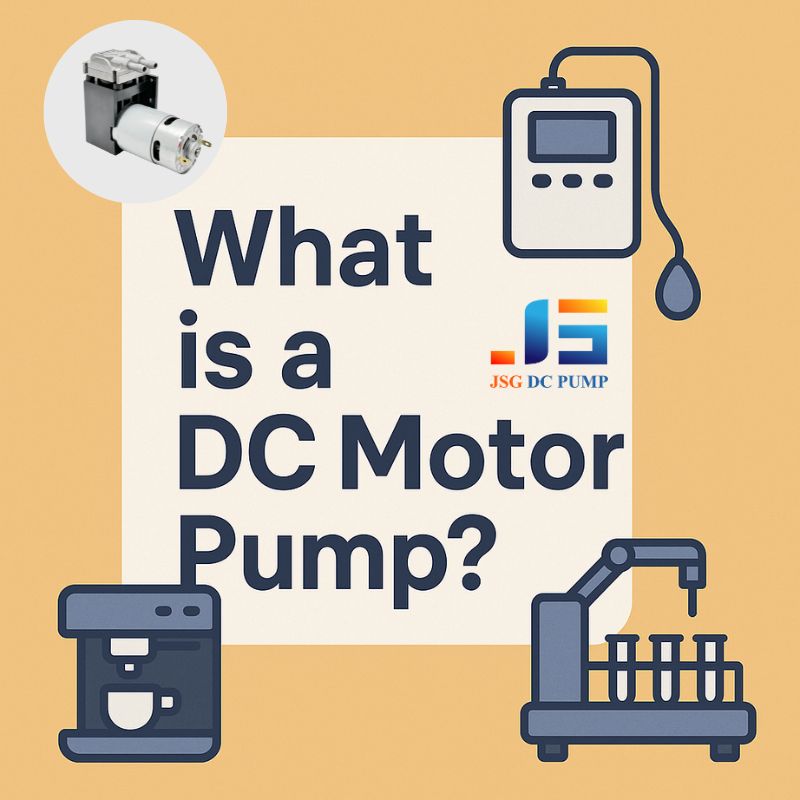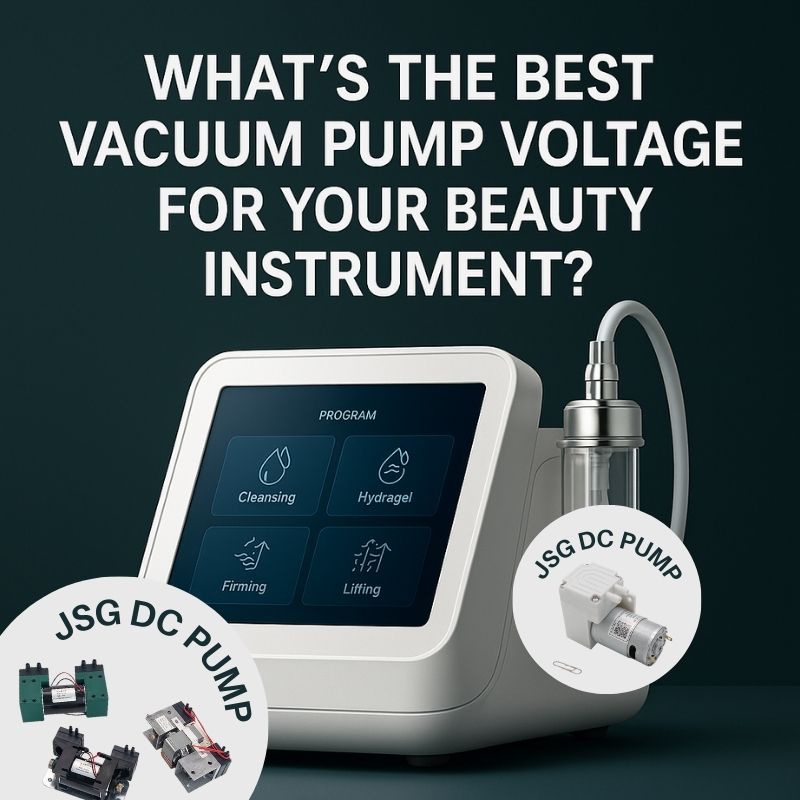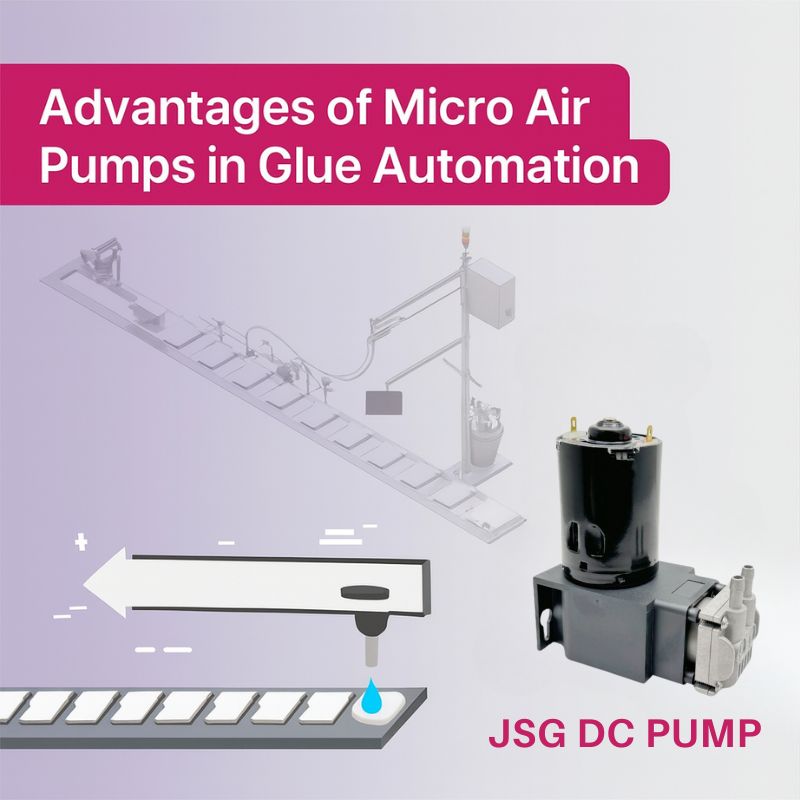Confused by “brushed” vs. “brushless” pumps? Picking the wrong motor can ruin your project with early failure, high noise, or wasted money, causing frustrating setbacks.
The main difference is how the motor rotates. Brushed pumps use physical carbon brushes that wear out over time. Brushless pumps use an electronic controller instead, resulting in a much longer lifespan and higher efficiency.
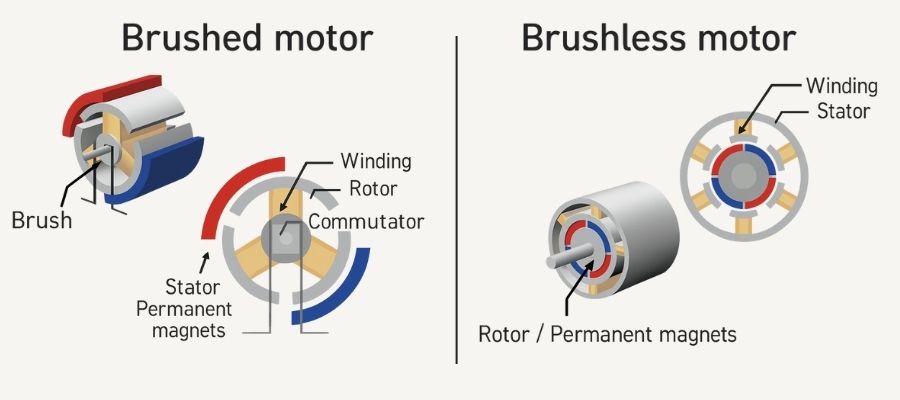
As an engineer at JSG DC PUMP, this is one of the most common questions I get from product designers. The choice seems small, but it has huge implications for a device’s reliability, performance, and cost. It’s the difference between a product that lasts for years and one that fails after a few months. Let’s break down exactly how each type works so you can choose with confidence.
How does a brushed DC motor pump work?
You see a simple two-wire pump and assume it’s basic. Not knowing its internal mechanism means you can’t predict its lifespan or potential points of failure.
A brushed motor works by using physical brushes to deliver electrical current to a rotating armature. This creates a magnetic field that pushes against stationary magnets, causing the motor to spin.
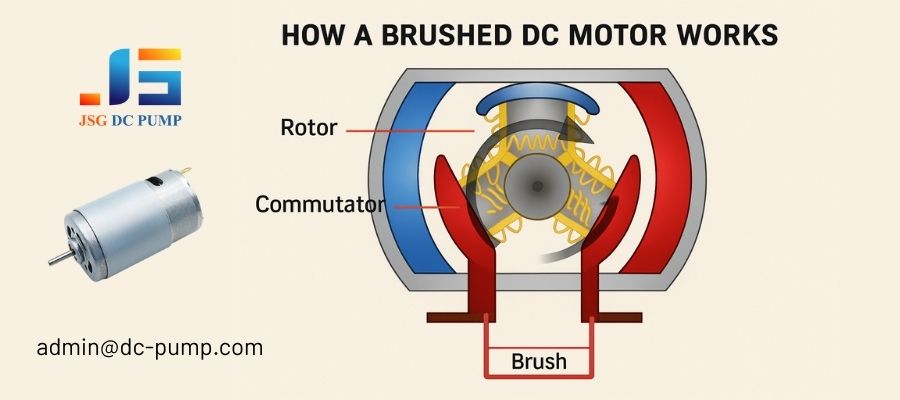
The brushed DC motor, also called a carbon-brush motor, is a classic design for a reason: it’s simple and effective. I’ve worked with them for decades. The magic happens through mechanical commutation, where parts physically touch to switch the current. The core components work together in a continuous cycle.
Key Components of a Brushed Motor
| Component | Function |
|---|---|
| Stator | The stationary outer part, usually containing permanent magnets. |
| Rotor (Armature) | The rotating inner part, with coils of wire wrapped around it. |
| Commutator | A segmented ring on the rotor shaft that reverses the current direction. |
| Brushes | Stationary carbon blocks that press against the commutator to conduct electricity. |
Current flows from the power source, through the brushes, to the commutator. This turns the rotor coils into an electromagnet, which repels the stator’s magnets, forcing the rotor to turn. As it turns, the commutator segments make contact with the opposite brush, reversing the current and keeping the motor spinning.
How does a brushless DC motor pump work?
You hear that brushless pumps are better, but don’t know why. Without understanding how they work, you can’t justify the higher cost or take advantage of their advanced features.
A brushless DC (BLDC) motor uses an electronic controller to switch the current in the stator coils. This creates a rotating magnetic field that pulls the rotor, which contains permanent magnets.
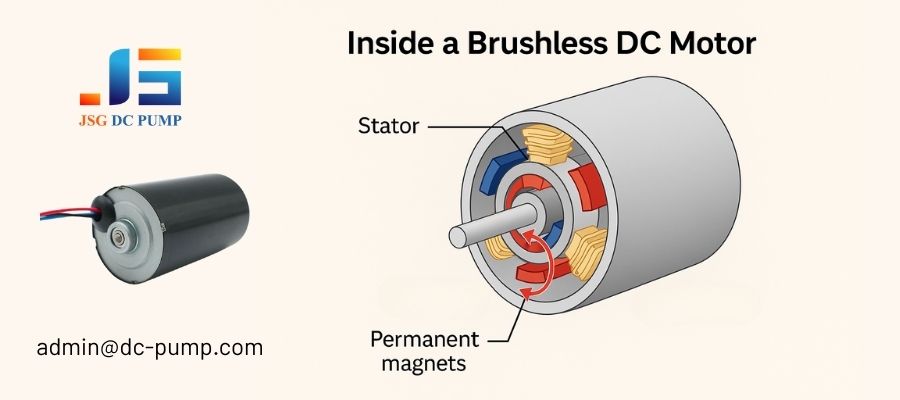
Think of a brushless motor as a “smart” motor. It uses electronics for commutation instead of physical brushes. In my engineering work, this is where the real innovation in reliability comes from. The basic structure is flipped: the permanent magnets are on the rotor, and the electromagnets are on the stationary stator. There are no parts that physically wear against each other to make the motor turn.
The Role of the Electronic Controller
An electronic circuit board acts as the brain. Here’s how it works:
- Position Sensing: Hall effect sensors detect the exact position of the rotor’s magnets.
- Signal Processing: The controller receives this position data.
- Coil Energizing: The controller sends current to the specific stator coils needed to create a magnetic field just ahead of the rotor’s magnets.
- Rotation: This magnetic field attracts the rotor, pulling it along.
The controller repeats this process rapidly, creating a smooth, rotating magnetic field that keeps the motor spinning efficiently.
Which is better, a brushed or brushless pump?
You’re stuck between simple and advanced. Choosing the “simple” brushed pump might sacrifice quality, but picking the “advanced” brushless one could be expensive overkill for your project.
For long life and advanced control, brushless pumps are better. For cost-sensitive applications that still demand reliability, a high-quality brushed pump is the superior choice over a generic one.
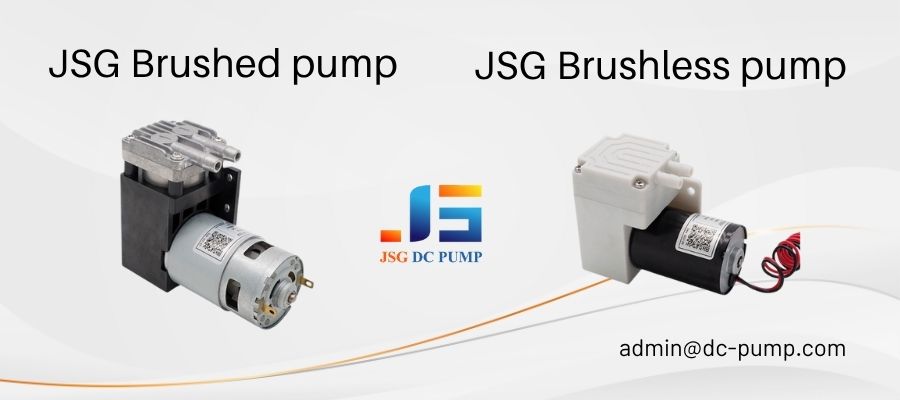
When we talk about these pumps, both are DC pumps. But “brushed” doesn’t have to mean “low quality.” A well-made brushed pump can be a fantastic, robust solution. At JSG, we focus on engineering quality into both types. The “better” choice depends on what you value most.
What Makes a Good Brushed Pump?
A cheap brushed motor will fail quickly. A high-quality one is built for performance.
- High-Quality Carbon Brushes: The wear resistance of the carbon crystal directly determines the motor’s lifespan. We use imported carbon crystals to maximize service life.
- Reinforced Magnetic Tiles: This provides greater torque and more power, improving the pump’s load capacity and overall performance.
- Better Heat Dissipation: Well-designed cooling vents allow the motor to run more stably and for longer periods without overheating.
The Advanced Features of Brushless Pumps
Brushless motors offer a suite of electronic features.
- Precise Control: PWM speed control, FG signal for speed feedback, and braking functions.
- Built-in Protection: Overcurrent and over-temperature protection circuits prevent damage.
- Superior Construction: Often built with dual ball bearings for stability and long life. Some models offer reversible direction functions.
Which pump motor lasts longer, brushed or brushless?
You’re designing a product that needs to be reliable for years. Choosing a motor with a short lifespan could lead to angry customers and costly warranty claims for your company.
A brushless motor lasts significantly longer. Its lifespan is limited only by its bearings (often over 10,000 hours), while a brushed motor’s life is limited by its brushes (typically 1,000-3,000 hours).
This isn’t a small difference; it’s a huge improvement. In my experience, lifespan is the number one reason our clients in the medical and industrial fields choose brushless pumps. The friction of the brushes on the commutator is the primary weakness of a brushed motor. This friction generates heat, creates carbon dust, and physically wears down the brushes until they fail. A brushless motor completely eliminates this point of failure. The only wear component is the ball bearings, and modern bearings are incredibly durable. I’ve seen standard brushed pumps fail in under 500 hours in demanding applications, while our JSG brushless models run for years in the same conditions.
Failure Points Compared
| Feature | Brushed Motor | Brushless Motor |
|---|---|---|
| Primary Wear Part | Carbon Brushes | Bearings |
| Typical Lifespan | 1,000 – 3,000 hours | 10,000+ hours |
| Common Failure Mode | Brush erosion, commutator scoring, dust buildup. | Bearing fatigue or failure. |
How can you tell if a pump is brushed or brushless?
You have a pump in your hand but no datasheet or manual. You can’t replace it or control it properly without first identifying what type of motor it uses.
The easiest way to tell is by looking at the wires. A simple brushed motor typically has only two wires or two terminals. A brushless motor usually has three to five wires.
While checking the model number is the most certain method, you can often make an accurate guess with a quick visual inspection. As an engineer who handles hundreds of pump prototypes, these are the clues I look for.
Visual Inspection Checklist
- Wire Count: This is the most reliable indicator. A brushed motor just needs two connections for positive and negative. A standard brushless motor needs multiple wires for phases, sensors, and control signals. Be careful: some advanced brushless pumps have a built-in controller and may only present two power wires.
- Motor Casing: Look for small vents on the motor’s body. Brushed motors often have these to let heat escape and allow carbon dust to exit. Brushless motors run cooler and cleaner, so they are more likely to have a completely sealed case.
- Operation Noise & Sparks: If you can safely run the pump, listen closely. Brushed motors often have a characteristic whining sound and may produce tiny, visible sparks inside the casing. Brushless motors are typically much quieter, producing a smooth hum.
Conclusion
For applications where longevity, efficiency, and quiet operation are critical, choose brushless pumps for superior performance and minimal maintenance. For cost-sensitive projects that still demand reliability, a high-quality brushed pump remains a dependable choice.
At JSG DC PUMP, we engineer both brushed and brushless pump solutions to meet the specific needs of OEMs and system designers worldwide. Whether your priority is advanced control or competitive cost, our team is here to help you select the perfect pump for your application.
📩 Contact us today at admin@dc-pump.com to discuss your project and request a quote.


